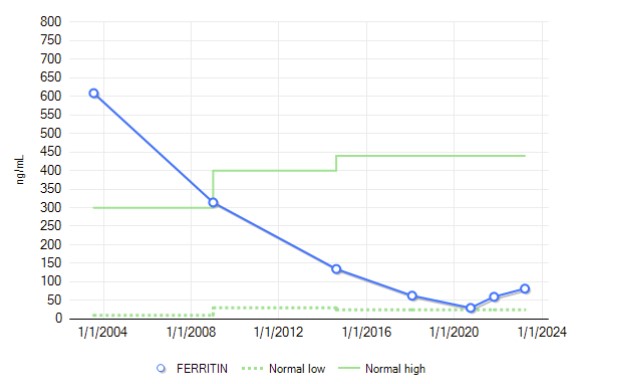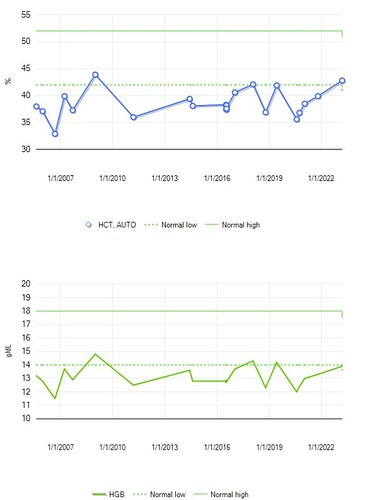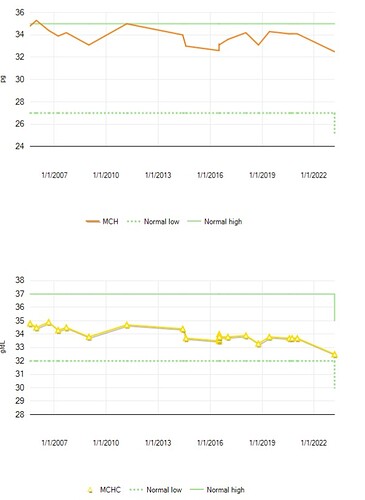Hi,
Two things here. First, that’s narrowly true of cats but not dogs: humans share 90% of genes in common with cats, but 85% with rodents and 84% with dogs. Additionally, domestic catas have an exceptionally high frequency of disease-causing SNPs,
substantially higher than previous studies in other mammals, such as, cow [38], dog [39], rat [40–42], sheep [43, 44], pig [45], and horse [46]. Even rhesus macaques, with twice as many variants as human, do not approach the same levels of cat SNV variation [47, 48]."
A new domestic cat genome assembly based on long sequence reads empowers feline genomic medicine and identifies a novel gene for dwarfism
This relates to another misunderstanding you appear to have below.
Additionally, whatever other merits cats and dogs may have as experimental models, we don’t have any rapa lifespan studies in either species (yet). Absent that information, the cat and dog data are only of interest for hints of conservation, regardless of how closely-related they are.
The fact that you had more side-effects on higher doses does not mean that lower doses are more or equally effective. Depressing as it may be to contemplate, it may be that the doses required to meaningfully affect human aging are not achievable without unacceptable side-effects. Certainly translating the rodent dose-response studies raises that concern.
By definition there is an optimum dose and/or frequency for taking rapamycin. The question is how high that dose is and if we are even in the ballpark.
Something you may not realize is that hypertrophic cardiomyopathy is not the kind of cardiomyopathy that happens to some degree in all humans as a result of aging processes including blood pressure and cardiac amyloid, but is a genetic disease that is common in cats but rare in humans. It makes sense that a genetic disease of heart muscle overgrowth could be treated with a drug that suppresses a growth pathway, but that doesn’t necessarily tell us much about aging in humans unless they are unlucky enough to be genetically susceptible to the disease.
Aside from side-effects, which may or may not tell us anything about efficacy, what would you point to? Also remember that Joan Mannick says that nearly every person on placebo in her trials was subjectively certain he or she was on an anti-aging drug …


